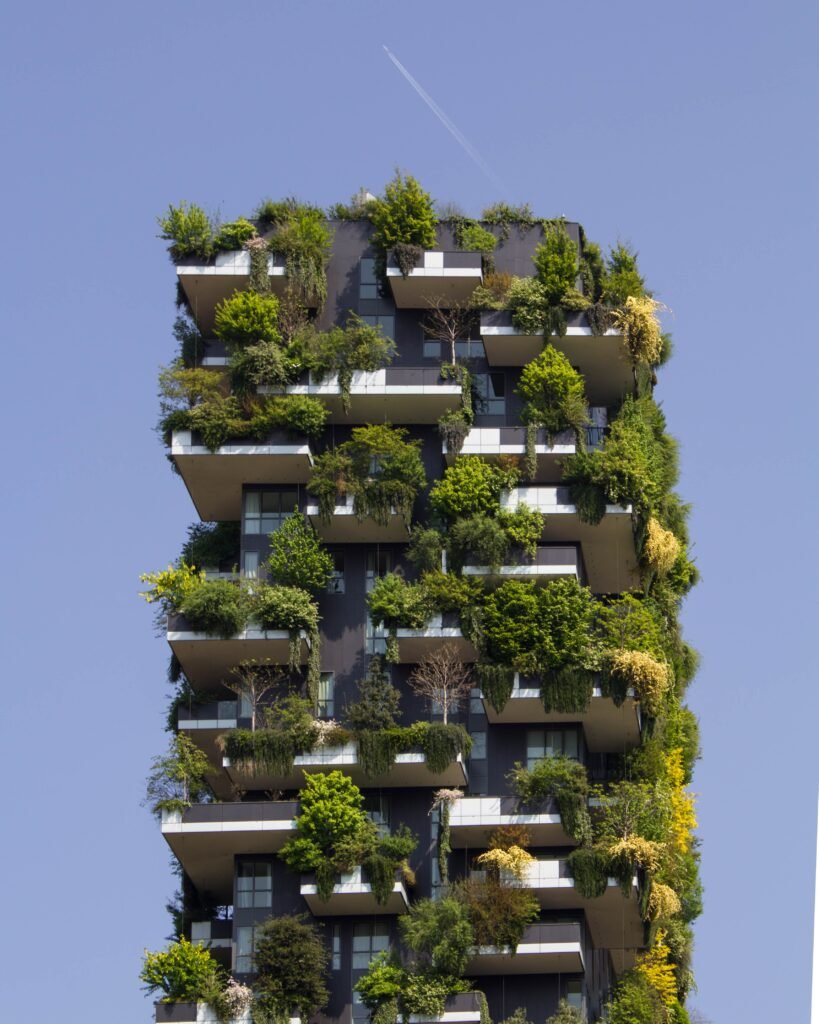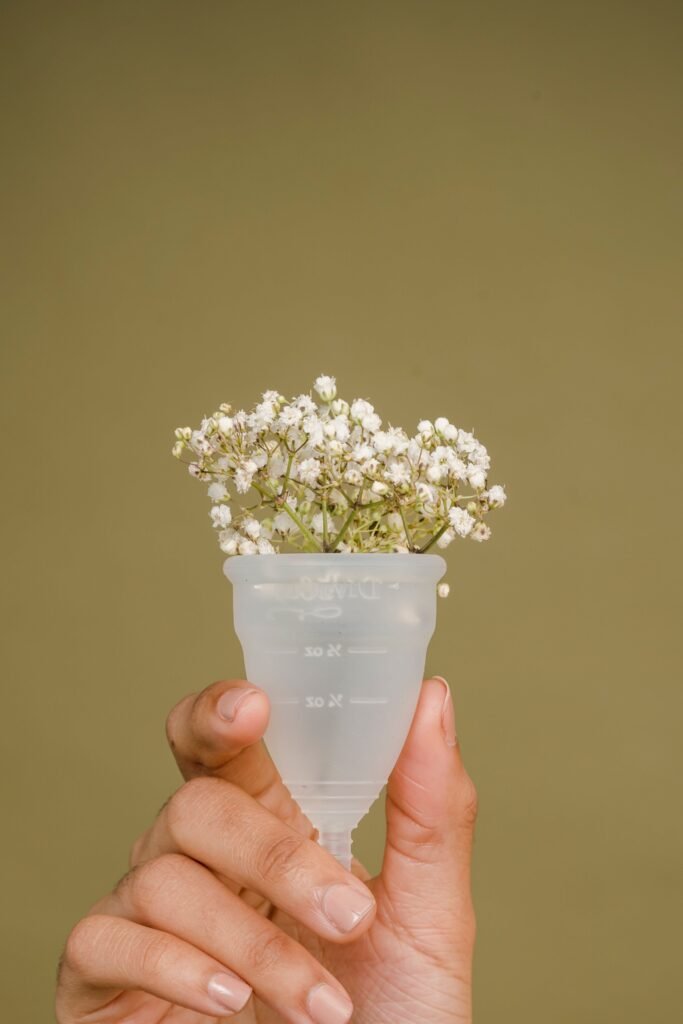Are you looking for ways to make your home more sustainable? One area you may not have considered is incorporating sustainable decor. By making conscious choices in the materials and products you bring into your home, you can create a beautiful and eco-friendly living space. Whether it’s choosing furniture made from recycled materials, opting for natural and organic fabrics, or selecting energy-efficient lighting, there are plenty of ways to make your home both stylish and sustainable. In this article, we will explore various ways you can incorporate sustainable decor into your home, allowing you to create a space that is not only aesthetically pleasing but also environmentally conscious.
Sustainable Materials
When it comes to choosing furniture for your home, opt for pieces made from reclaimed or recycled materials. Not only does this help reduce waste and minimize the demand for new resources, but it also adds a unique and stylish touch to your living space. Look for furniture made from salvaged wood, like reclaimed barn wood or recycled plastic materials. These options not only contribute to a greener planet but also bring character and charm to your home.
In addition to reclaimed furniture, consider using organic and natural fabrics for items like curtains, cushions, and upholstery. Look for materials like linen, hemp, or organic cotton, which are grown without pesticides and have lower environmental impacts compared to conventional textiles. These fabrics not only look beautiful and feel great, but they also support sustainable farming practices.
When it comes to wood furniture or flooring, prioritize sustainable options. Look for items certified by recognized organizations like the Forest Stewardship Council (FSC). FSC certification ensures that the wood comes from responsibly managed forests, where trees are harvested in a way that allows for regeneration and biodiversity conservation. By choosing sustainable wood, you can enjoy the beauty of nature without contributing to deforestation or habitat destruction.
Lastly, consider investing in eco-friendly flooring options. Traditional carpets often contain harmful chemicals and can emit volatile organic compounds (VOCs) into the air. Instead, look for flooring made from natural and renewable materials like bamboo, cork, or reclaimed wood. Not only are these alternatives better for the environment, but they also create a warm and inviting atmosphere in your home.
Energy Efficiency
Creating an energy-efficient home not only reduces your carbon footprint but also saves you money on your utility bills. Start by installing energy-efficient lighting throughout your home. Choose LED or CFL bulbs that use significantly less energy compared to traditional incandescent bulbs. Additionally, consider using motion sensors or timers to automatically turn off lights in unoccupied rooms.
Utilize natural light as much as possible by strategically placing mirrors and using efficient window treatments. Hang light-colored or sheer curtains that allow sunlight to filter through, reducing the need for artificial lighting during the day. You can also consider installing skylights or light tubes to bring more natural light into darker areas of your home.
Take advantage of smart home technology to better manage your energy consumption. Smart thermostats allow you to program temperature settings based on your schedule, optimizing energy usage. You can also control your heating, ventilation, and air conditioning (HVAC) system remotely, ensuring that it only operates when needed. Smart power strips, which automatically turn off devices in standby mode, can also help reduce energy waste from electronics.
When it’s time to replace appliances and electronics, choose energy-efficient models. Look for products with the Energy Star label, as these are certified to consume less energy without compromising performance. Energy-efficient appliances not only save energy but also help reduce greenhouse gas emissions and decrease your utility bills.

Indoor Plants
Integrating indoor plants into your home not only adds beauty and a touch of nature, but it can also significantly improve air quality. Plants naturally absorb carbon dioxide and release oxygen, making them a natural air purifier. By having a variety of indoor plants, you can create a healthier and fresher environment for you and your family.
When choosing indoor plants, opt for low-maintenance varieties that thrive in typical home environments. Some popular options include pothos, snake plants, peace lilies, and spider plants. These plants are known for their durability and ability to tolerate different light conditions, making them ideal choices for beginners or busy individuals.
Consider selecting native or drought-tolerant species for your indoor garden. Native plants are naturally adapted to local climates, requiring less water and care compared to exotic or non-native varieties. Drought-tolerant plants, like succulents and cacti, are also excellent options for water conservation.
If you’re looking to make a statement with your indoor plants, consider creating a green wall or vertical garden. This innovative technique involves covering a wall with a variety of plants, providing a stunning decorative element while maximizing space utilization. Green walls not only enhance the aesthetics of your home but also help insulate your space and improve indoor air quality.
Upcycling and Repurposing
Upcycling and repurposing items is an excellent way to give new life to old furniture or discarded pieces. Instead of throwing away furniture that no longer fits your style or needs, think of creative ways to transform it into something new and useful. For example, an old wooden ladder can become a unique bookshelf, or an unused suitcase can be turned into a vintage-inspired bedside table.
Embrace your creativity and experiment with different materials and techniques to repurpose items. Salvaged materials, such as reclaimed wood, old doors, or vintage tiles, can be transformed into functional and visually appealing decor pieces. Consider working on DIY projects that allow you to personalize your home while reducing waste and promoting sustainability.
Not only does upcycling and repurposing save money, but it also adds a unique and personal touch to your home. Instead of buying new, mass-produced items, you can create one-of-a-kind pieces that tell a story and reflect your style.

Minimalism and Decluttering
Embracing minimalism can have a tremendous impact on your home’s sustainability and overall well-being. By reducing consumption and eliminating unnecessary belongings, you can create a more peaceful and organized living environment. Start by decluttering your space regularly and letting go of items that no longer serve a purpose or bring you joy.
Invest in multifunctional furniture that optimizes space utilization. For example, choose a coffee table with built-in storage compartments or a sofa bed that serves as both seating and a guest bed. By maximizing the functionality of your furniture, you can reduce the need for excessive belongings and create a more streamlined and efficient space.
Optimize storage solutions to avoid clutter. Utilize closet organizers, shelves, and bins to keep your belongings organized and easily accessible. By having designated spaces for everything, you can maintain a clean and clutter-free environment.
By embracing minimalism and decluttering, you not only create a more sustainable home but also experience the benefits of a simplified and stress-free lifestyle.
Vintage and Secondhand Shopping
Exploring vintage and thrift stores is an excellent way to find unique and sustainable decor pieces for your home. When you buy vintage or secondhand items, you are giving them a new life and preventing them from ending up in landfills. These items often have character and charm that you won’t find in new, mass-produced products.
Consider checking out online platforms dedicated to secondhand items, where you can browse and shop conveniently from the comfort of your home. These platforms often have a wide variety of items, ranging from furniture to decor, allowing you to find exactly what you’re looking for.
Attending local flea markets or garage sales is another exciting opportunity to discover hidden treasures. These events often showcase a mix of antique, vintage, and unique items that can add personality and style to your home. Explore the market with an open mind and be prepared to stumble upon unexpected gems.
Investigate antique markets for sustainable decor options. Antique pieces not only have historical significance but also tend to be made with higher-quality materials and craftsmanship. By choosing antique furniture or decor, you are promoting sustainability by preserving and appreciating items from the past.

Water Conservation
Water is a precious resource, and conserving it is essential for a sustainable future. Start by installing water-efficient fixtures and appliances in your home. Low-flow showerheads, faucets, and toilets can significantly reduce water consumption without sacrificing performance. Look for products with the WaterSense label, which indicates that they meet specific water efficiency standards.
Harvest rainwater to use for plant irrigation. Invest in a rain barrel or cistern system to collect rainwater from your roof. This water can be stored and then used to water your garden or indoor plants, reducing the need for tap water.
Reuse water from daily activities like dishwashing and laundry. Instead of letting this water go down the drain, collect it and use it to water your plants or flush toilets. This simple practice can save a significant amount of water over time.
Opt for low-water landscaping options for your outdoor space. Consider replacing traditional lawns with native plants that require less water to thrive. These plants are better adapted to local climates and often need minimal irrigation once established.
By implementing water-saving strategies in your home, you can make a difference in preserving this valuable resource and contribute to a more sustainable future.
Art and Wall Decor
Supporting local artists is a great way to incorporate sustainable decor into your home. Seek out artists who prioritize sustainability in their work, such as using recycled or eco-friendly materials. By purchasing their artwork, you not only support their creative endeavors but also promote sustainable practices in the art industry.
Choose artwork made from recycled or upcycled materials. Many artists create unique pieces using materials that would have otherwise been discarded. For example, you might find sculptures made from recycled metal or collages created from old magazines.
Consider hanging tapestries or fabric art instead of traditional wall art. Tapestries are often made from natural fibers like cotton or linen and can add texture and visual interest to your space. They are also easily interchangeable, allowing you to update your decor without investing in new frames or artwork.
Get creative and make your own sustainable wall decor. Upcycle old picture frames, scrap wood, or fabric remnants to create unique and personalized pieces. Not only will you have a one-of-a-kind item, but you will also have the satisfaction of knowing that you created it sustainably.

Green Cleaning
Switching to eco-friendly cleaning products is a simple yet effective way to make your cleaning routine more sustainable. Conventional cleaning products often contain harmful chemicals that can be detrimental to human health and the environment. Choose cleaning products that are free from harsh chemicals, fragrances, and dyes.
You can also make your own natural cleaning solutions using ingredients like vinegar, baking soda, and lemon juice. These ingredients are not only effective in cleaning but also safe and non-toxic. There are many online resources that provide recipes and tips for making homemade cleaners.
Use reusable cleaning tools and materials whenever possible. Opt for washable and reusable microfiber cloths or sponges instead of disposable paper towels. Invest in a quality mop with replaceable cloth pads to minimize waste. These small changes can significantly reduce your environmental footprint.
Eliminate single-use items from your cleaning routine. Instead of disposable wipes, use washable and reusable cloths. Swap out plastic spray bottles for refillable glass bottles. By reducing your reliance on single-use items, you can minimize waste and create a more sustainable cleaning routine.
Smart Heating and Cooling
Investing in smart heating and cooling systems can help optimize energy usage and reduce your environmental impact. Start by installing a programmable thermostat that allows you to set specific temperature schedules throughout the day. By automating temperature adjustments based on your needs, you can avoid unnecessary energy consumption.
Optimize insulation in your home to prevent heat loss during winter and heat gain during summer. Proper insulation helps maintain a comfortable indoor temperature without over-relying on heating or cooling systems. Insulate your walls, attic, and windows to minimize thermal transfer and improve energy efficiency.
Consider upgrading to energy-efficient HVAC systems. Look for models with high Seasonal Energy Efficiency Ratio (SEER) ratings, as they indicate better energy performance. Energy-efficient systems not only reduce energy consumption but also provide better indoor comfort and air quality.
Utilize ceiling fans and natural ventilation whenever possible. Ceiling fans can help circulate air, making your space feel cooler in summer and warmer in winter. When the weather permits, open windows and use cross-ventilation to naturally cool your home without relying on air conditioning.
By incorporating smart heating and cooling strategies into your home, you can enhance comfort, save energy, and contribute to a more sustainable future.
Incorporating sustainable decor into your home is a meaningful and rewarding journey. By choosing furniture made from reclaimed or recycled materials, opting for organic and natural fabrics, and using sustainable wood, you can create a stylish and eco-friendly living space. Energy efficiency can be achieved through the installation of energy-efficient lighting, the utilization of natural light, and the use of smart home technology. Integrating indoor plants improves air quality, while upcycling and repurposing old items adds a unique touch. Embracing minimalism and decluttering reduces consumption, while vintage and secondhand shopping supports sustainability. Water conservation practices, sustainable art and wall decor choices, green cleaning methods, and smart heating and cooling systems also contribute to a more sustainable home. By implementing these practices, you can create a space that not only reflects your personal style but also demonstrates your commitment to a greener future.


